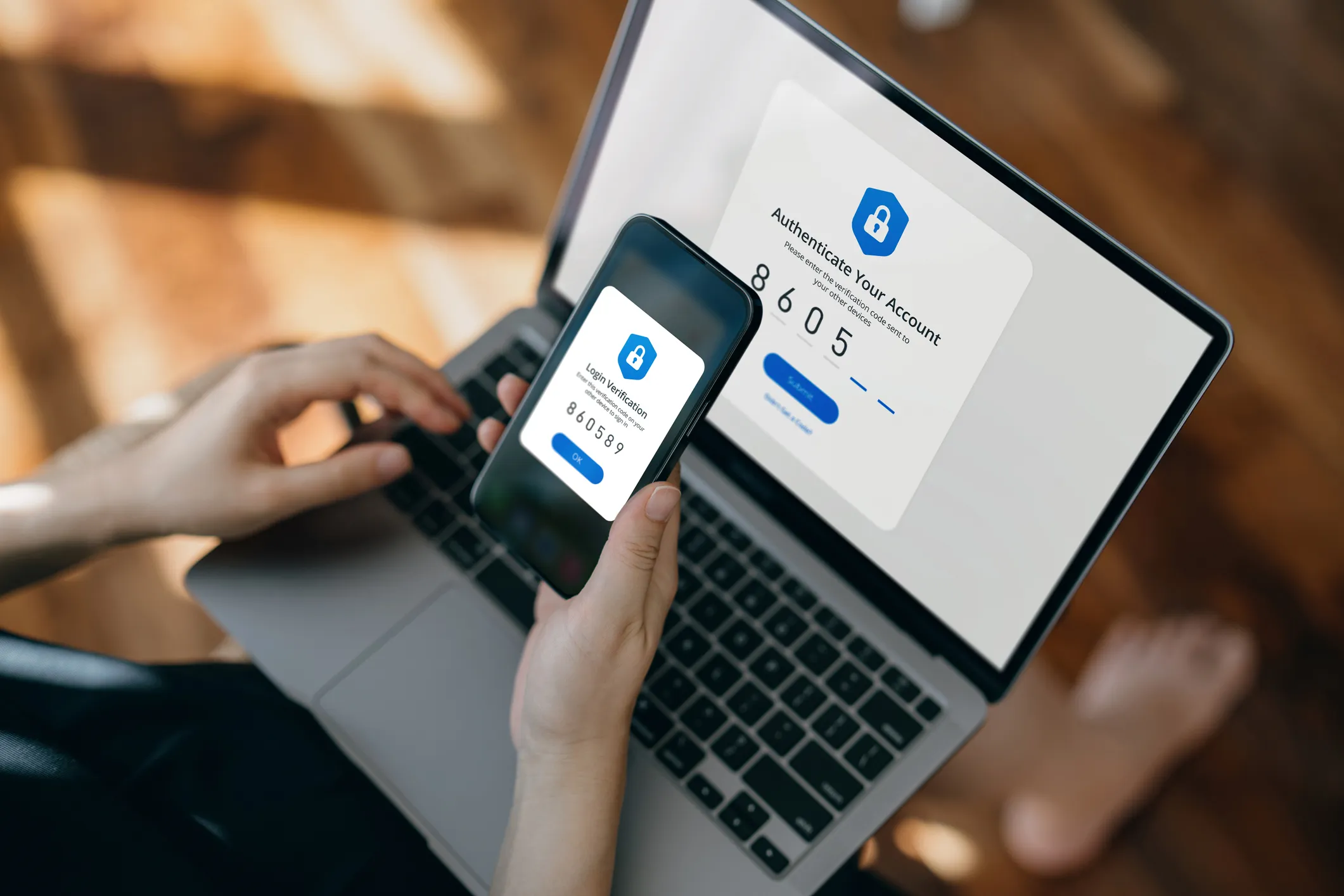What is an Insider Threat?
Insider threat refers to cyber threats which originates from within an organization. Insider threats can come in the form of employees, vendors, contractors, or anyone with access to sensitive systems, data, or information. The cyber risk posed by insiders can be grouped into malicious insiders, such as rogue or disgruntled employees, or accidental, such as a well-meaning employee inadvertently leaking data or introducing a security flaw.
Previously, Darktrace has reported on an insider running their own crypto farm in a corporate network, and a disgruntled employee exfiltrating data to a third-party cloud storage platform.
Insider threats are a reality for all organizations, across all industry verticals around the world. However, this Darktrace short read will focus on Operational Technology (OT), such as those within Critical Infrastructure, and the impact insiders can have on safety-critical systems, the environment, and human life.
Malicious v Non-Malicious Insider Threat in OT
There are generally two types of insider threats: malicious and non-malicious, or accidental. For organizations managing OT, both types originate from personnel who have legitimate privileged access to OT networks and have insider knowledge of assets, configurations, locations, security controls, or vulnerabilities. Of increasing concern to security teams, these personnel can also include external contractors, such as vendors or consultants, who require high levels of access to perform their role.
The 2001 sewage spill in Maroochy Shire, Australia, was the first high-profile example of a malicious insider manipulating control systems to impact OT. More recently, the 2021 incident at the Oldsmar Water Facility in Florida was the result of poor cyber security practices. While there is much speculation as to the exact cause of the incident, the root cause appears to have been human error which resulted in changes to intended chemical content levels in drinking water.

Insider Threats: Challenges and Solutions
The biggest concern for cyber security managers in Critical Infrastructure and OT networks is the threat posed by those on the inside. Compliance breaches, poor cyber hygiene, and disgruntled or rogue employees all pose a greater everyday threat to these systems than APTs or the latest zero day.
Insider threats are hard to catch. They rarely use attack tools or malware to achieve their goal, rendering signature-based threat detection useless. Instead, they leverage their legitimate access to make changes to native functionality. Rules-based threat detection can be used to prevent certain actions, but playbooks are limited to the imagination of the person implementing them and the time they have to create and maintain them.
Anomaly-Based Threat Detection
Anomaly-based threat detection is uniquely positioned to detect insider threats. Both accidental and malicious disruption may use legitimate privileged access to target Purdue Level 1 and 2 controllers and programmers to alter operations. The actor will alter the routine functionality of the process control environment, which can be detected and alerted by a security tool which understands normal and can spot deviations.
Darktrace/OT vs Insider Threats
Powered by scalable, Self-Learning AI, Darktrace/OT uses anomaly-based detection to detect unpredictable attacks in their earliest stages. By learning the normal ‘patterns of life’ for every device and operator in an industrial environment, Darktrace/OT detects known and unknown threats including zero-day exploits, supply chain attacks, ransomware, pre-existing infections, and insider threat.
Using raw digital data from an OT network to understand the normal pattern of life, Darktrace/OT does not need any data or threat feeds from external sources to perform anomaly-based threat detection. The approach is perfectly suited to spotting and stopping the threat posed by malicious and non-malicious insiders.
Attack Case Study: Spotting Insider Threats with Self-Learning AI
In the real-world example below, Darktrace/OT detected a subtle deviation from normal behavior when a reprogram command was sent by an engineering workstation to a PLC controlling a pump, an action an insider threat with legitimized access to OT systems would take to alter the physical process without any malware involved. In this instance, AI Analyst, Darktrace’s investigation tool that triages events to reveal the full security incident, detected the event as unusual based on multiple metrics including the source of the command, the destination device, the time of the activity, and the command itself.
As a result, AI Analyst created a complete security incident, with a natural language summary, the technical details of the activity, and an investigation process explaining how it came to its conclusion. By leveraging Explainable AI, a security team can quickly triage and escalate Darktrace incidents in real time before it becomes disruptive, and even when performed by a trusted insider.


Credit to Daniel Simonds for his contribution to this blog.
































.jpeg)








